Agnieszka Janiuk
Professor, Group Leader
Agnieszka Janiuk was born and grew up in Warsaw. She studied astronomy at the Physics Department of the Warsaw University, where she received her Master of Science degree in 1998, based on the thesis prepared under the supervision of prof. Bożena Czerny. After that, Agnieszka Janiuk continued her research via PhD program at Nicolaus Copernicus Astronomical Center of the Polish Academy of Sciences in Warsaw, and she worked with prof. Czerny on modeling and observations of the accretion processes in AGN and Galactic black hole X-ray binaries (XRBs). As a part of that PhD, she developed a new numerical code for simulating the global structure and time evolution of an unstable accretion disk, which is subject to radiation pressure driven thermal and viscous instabilities. The code is now publicly available under the name GLADIS.
In 2003 Agnieszka Janiuk was a fellow at Max Planck Institute for Astrophysics (MPA) in Garching, Germany. The second postdoctoral fellowship she spent under supervision of prof. Daniel Proga at the University of Nevada, Las Vegas, USA. In 2007, she was awarded a tenure-track contract at NCAC, but in 2010, she moved to join the faculty of the Center for Theoretical Physics of PAS. Since then, she leads her own research group, and has already supervised a number of post-docs, PhD and Master students. In January 2021, she was awarded the full professorship in natural sciences by the President of Poland.
Her current research is mostly devoted to the cosmic explosions named gamma ray bursts. These phenomena share some physical properties with other black hole systems, but they are much more violent and explosive in nature. They are launching ultra-relativistic jets on the cost of black hole rotation and accretion mediated by the strong magnetic fields. In addition, nuclear reactions that occur in the very hot and dense plasmas of their accretion disks, lead to copious emission of neutrinos. Finally, what is now known from gravitational wave observations and their electromagnetic counterparts, many GRBs originate from binary neutron star mergers, whose ejecta are the nucleosynthesis sites for the heaviest elements in the Universe. The theoretical research on GRB in which the CTP PAS group is involved, is based on fully General Relativistic multi-dimensional simulations of accretion and magnetized jet ejections. It also utilized nuclear physics and microphysical properties of the GRB engines, under extreme conditions of mass densities and temperatures.
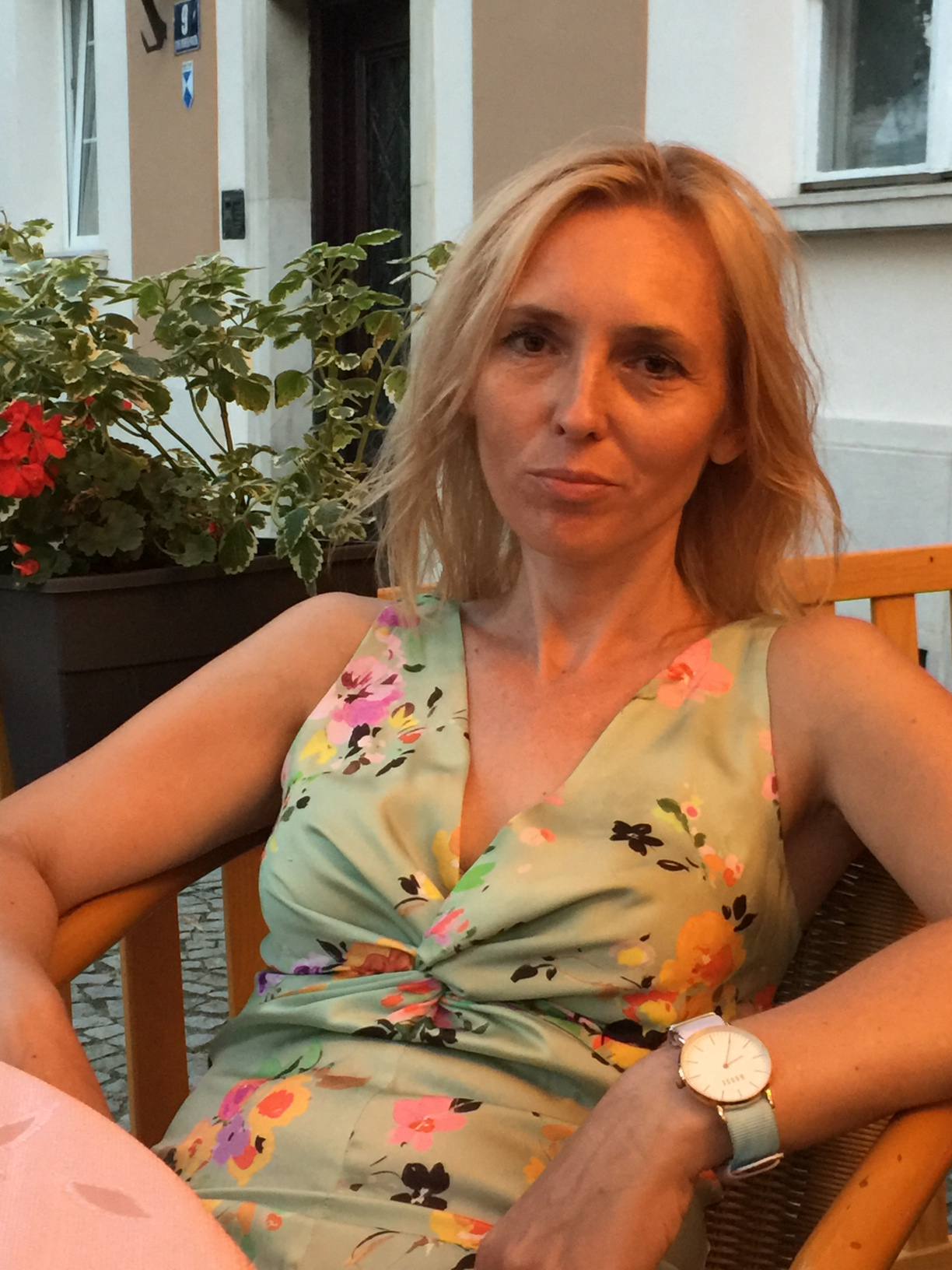
Gerardo Urrutia Sanchez
Postdoc
Gerardo is a Mexican astrophysicist. He enjoys exploring topics related to high-energy astrophysics, his work is focused on the study of gamma ray bursts by numerical simulations. He obtained his bachelor's degree in physics at the Faculty of Sciences of the University of Mexico (UNAM). Furthermore, he had participated as an instructor and assistant professor of courses at the physics department. Gerardo completed his master of sciences and PhD degree at the Institute of Nuclear Sciences in Mexico City, under the supervision of prof. Fabio De Colle. The topic of his thesis is Special Relativistic Hydrodynamics Simulations of gamma ray bursts, exploring the dynamics and radiation of different models of structured jets. In February 2023, he joined the Astrophysics Group supervised by prof. Agnieszka Janiuk at CTP PAS. Currently, Gerardo is participating in the project "Origin of Gamma Ray Bursts and their large-scale characteristics".
Out of astrophysics, Gerardo enjoys listening to music, playing the guitar, drinking coffee, eating delicious things, riding a bicycle, reading magical realism of Latin Americans, traveling, seeing beagles and cats.
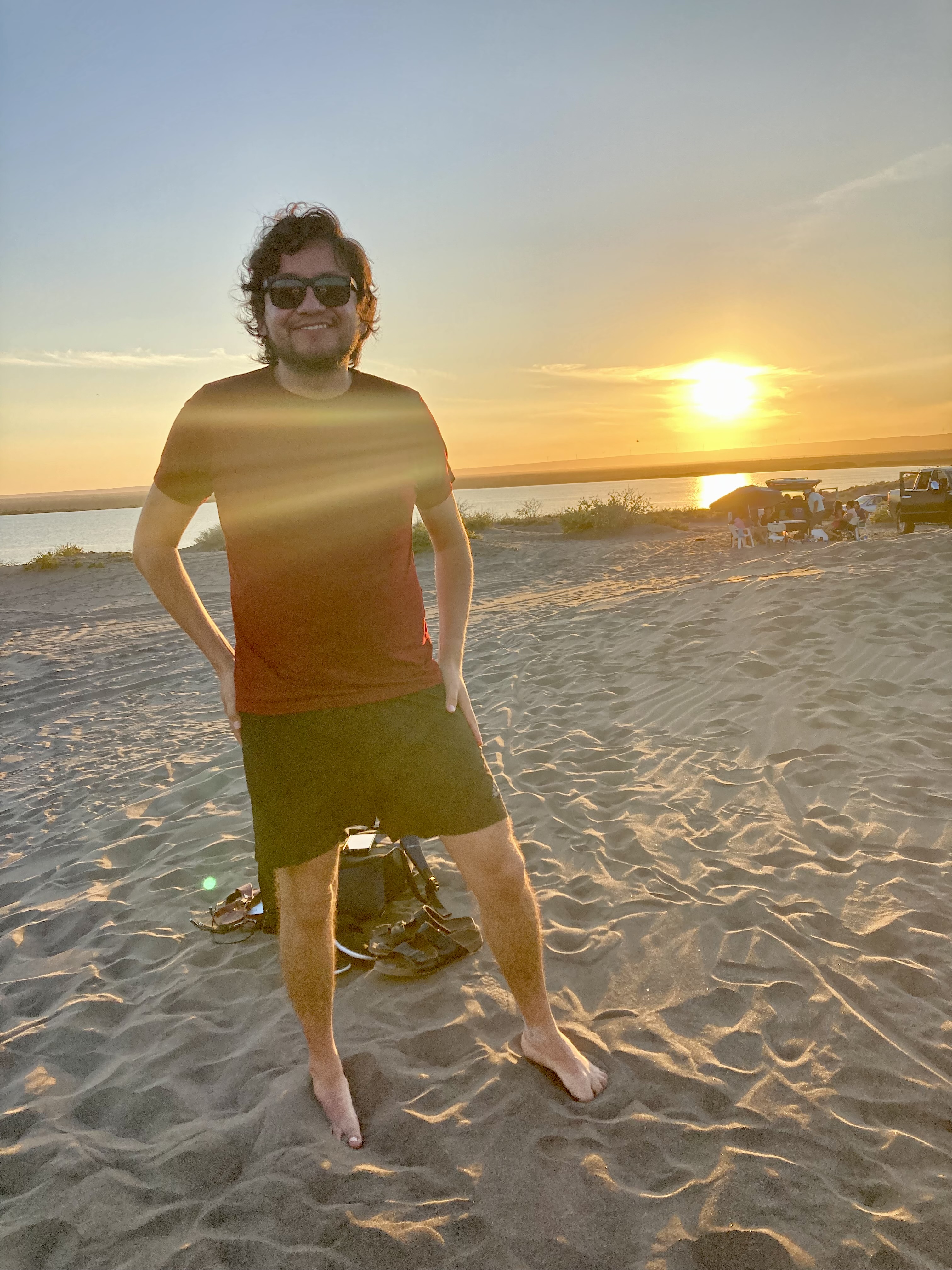
Joseph Saji
PhD Student
Joseph is a passionate astrophysics PhD student with a Master's degree in Physics from Cochin University of Science and Technology, Kerala, India. Following his academic journey, he worked as a research assistant at the Indian Institute of Science Education and Research (IISER-TVM) under Prof. Shabnam Iyyani on observational Gamma Ray Burst (GRB) research for a year and half. His master's thesis focused on a comprehensive statistical study on the X-ray flares in the afterglow of GRBs. Joseph is working with CFT astrophysics group under the supervision of Prof. Agnieszka Janiuk since october 2023, focusing on the project "modeling of kilonova emission".
Joseph enjoys coding and data analysis outside of academia. His interests beyond physics includes a passion for travel, music, and reading.
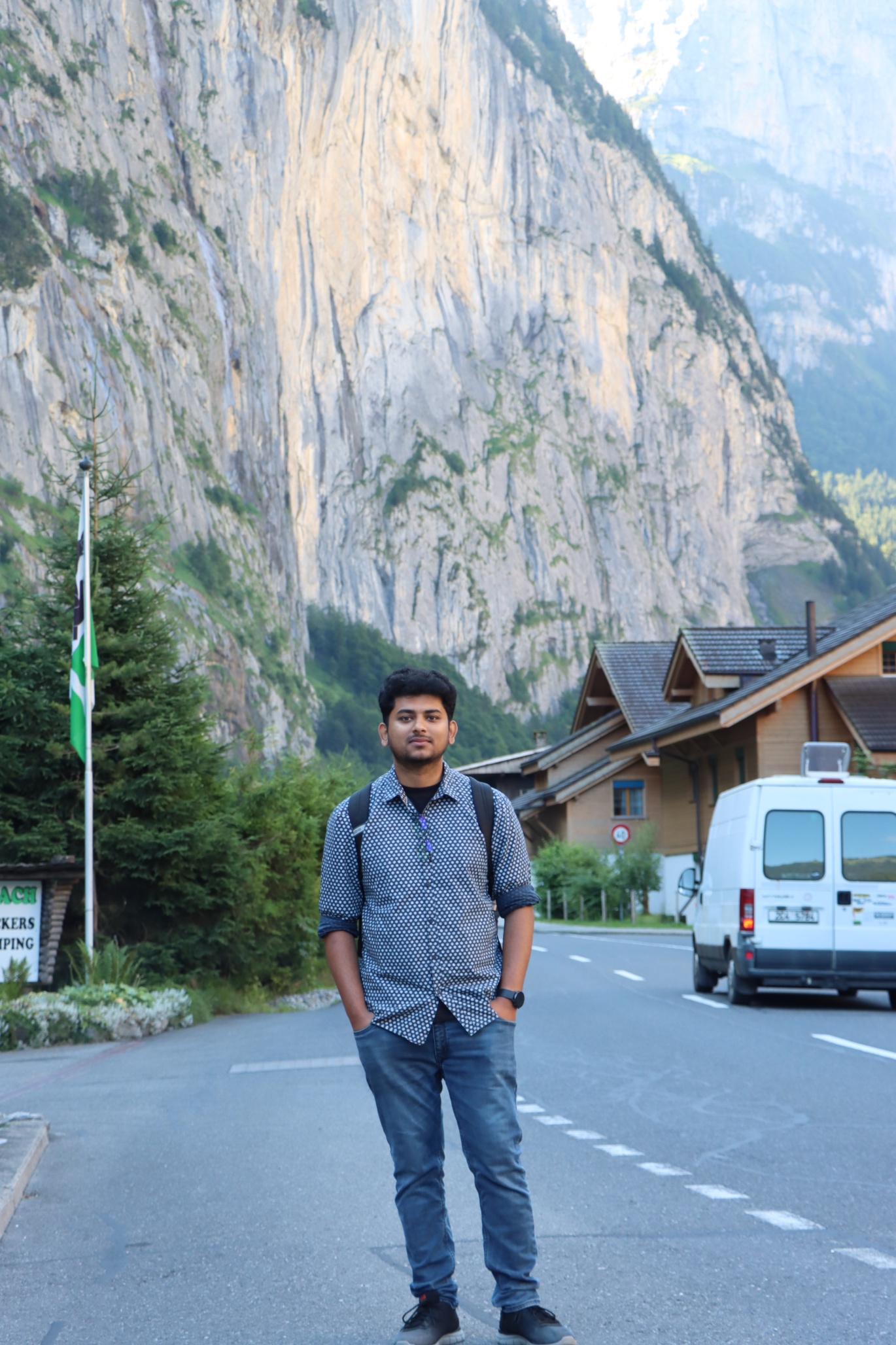
Pulkit Ojha
PhD Student
Pulkit, born and brought up in Muzaffarpur,in Bihar, India was passionate about learning the physics of universe since primary school. Completing his high school from Kota, Rajasthan, he decided to make a career in academia and joined NISER , a premier research institution in India to pursue Integrated Masters in Physics. During these 5 years, he explored various sections of astrophysics and cosmology through his internships and semester projects. .
For past couple of years, he has been interested in compact object astrophysics. He carried out his master’s thesis on the spin evolution of the millisecond pulsars in neutron star hosting low mass X-ray binaries (NS LMXBs), under the supervision of Prof. Sudip Bhattacharyya from TIFR, Mumbai, India. Currently, he has joined CTP, PAS as a doctoral student under Prof. Agnieszka Janiuk. At CTP, he'll be working with the GLADIS code to study the radiation pressure instabilities in the inner edge of the accretion disk of a neutron star in X-ray binaries.
Apart from academics, he enjoys a lot of other activities , from observing birds outdoors to a good classical music session. He’s trying to continue his passion for Hindustani classical music in Warsaw.
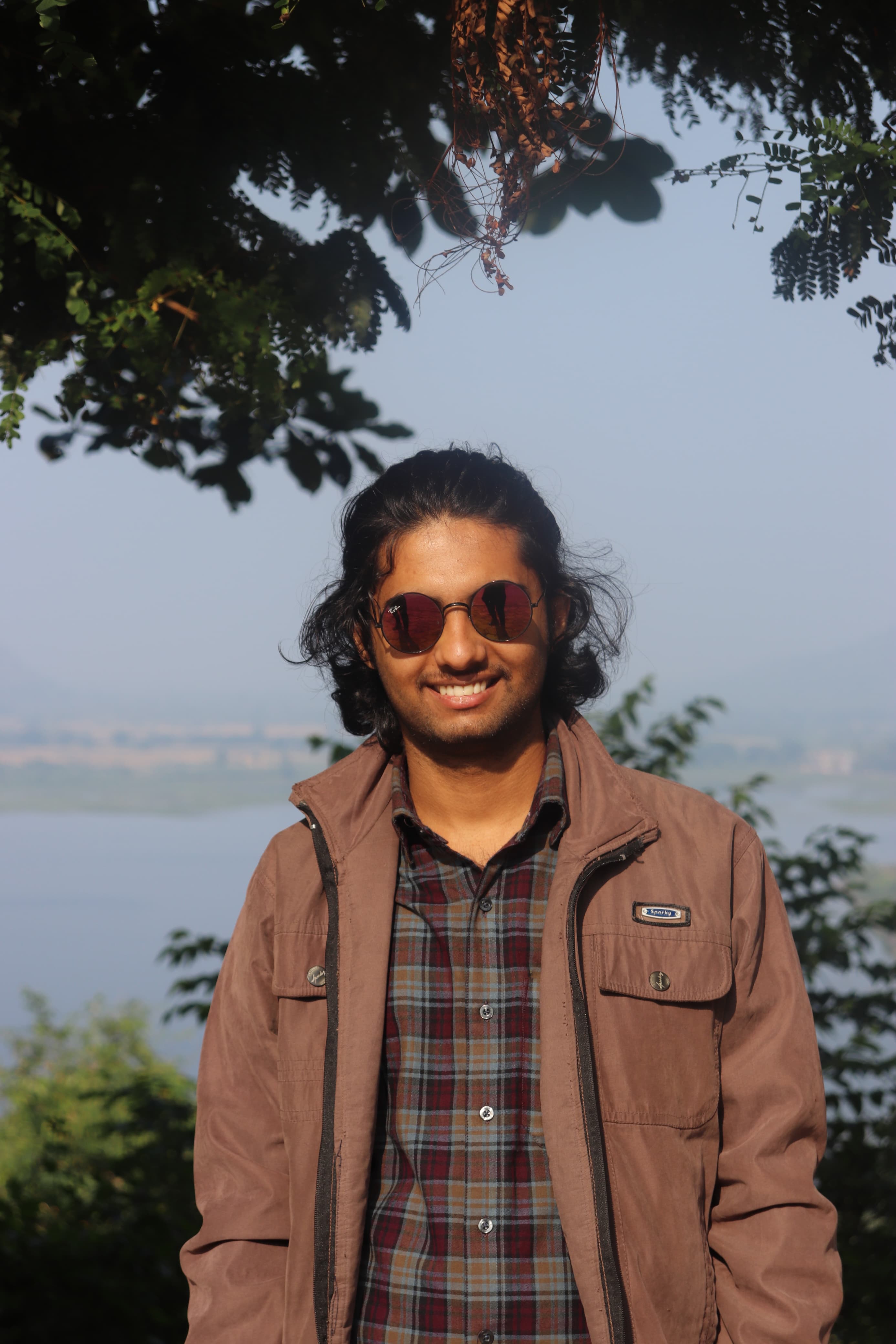
Piotr Płonka
PhD Student
Piotr was born and grew up in southern Poland. His passion for astronomy started when he got his first small telescope. As a little boy, he spent many nights observing phenomena in the night sky. He decided to study astronomy after participating in the finals of the Astronomy Olympiads.
He studied astronomy at the University of Warsaw, where he completed his bachelor's and master's degrees. His master's thesis, under the supervision of Prof. Janiuk, investigated relativistic jets emerging from collapsing stars in the evolving spacetime. After completing his master’s, he remained in the Astrophysics Group to continue research in a PhD program, starting in October 2025. His research focuses on general relativistic magnetohydrodynamics (GRMHD) simulations of jet formation and propagation, as well as developing numerical codes.
Apart from the exact sciences, Piotr is interested in the history of European philosophy and architecture. His favorite genre of music is film music. In his free time, he likes spending time outside in nature, especially riding a mountain bike.

Łukasz Klepczarek
Technical staff
Łukasz Klepczarek has been interested in finding the causes of the observed phenomena since his teenage years. This led him to study philosophy at the University of Łódź, but the philosophical explanations of the nature of things did not fully satisfy him, so he decided to study physics at the same university at the Faculty of Physics and Applied Informatics. He obtained his bachelor's degree in computational physics, then master's and PhD degree under the supervision of prof. Andrzej Niedźwiecki. His PhD thesis is about studying the spectra of Seyfert galaxies and black-hole binaries in the context of modelling the relativistic reflection from accretion disks in these objects with the focus on constraining the geometrical parameters of the X-ray corona. As of July 2024 he works with prof. Agnieszka Janiuk on software engineering of the HARM code.
In addition to astrophysics his interests include tinkering with unix-like operating systems, playing collectible card games and board games, reading interesting books (mostly technical, futuristic as well as hard sci-fi and post-apocalyptic literature), exploring different musical genres.
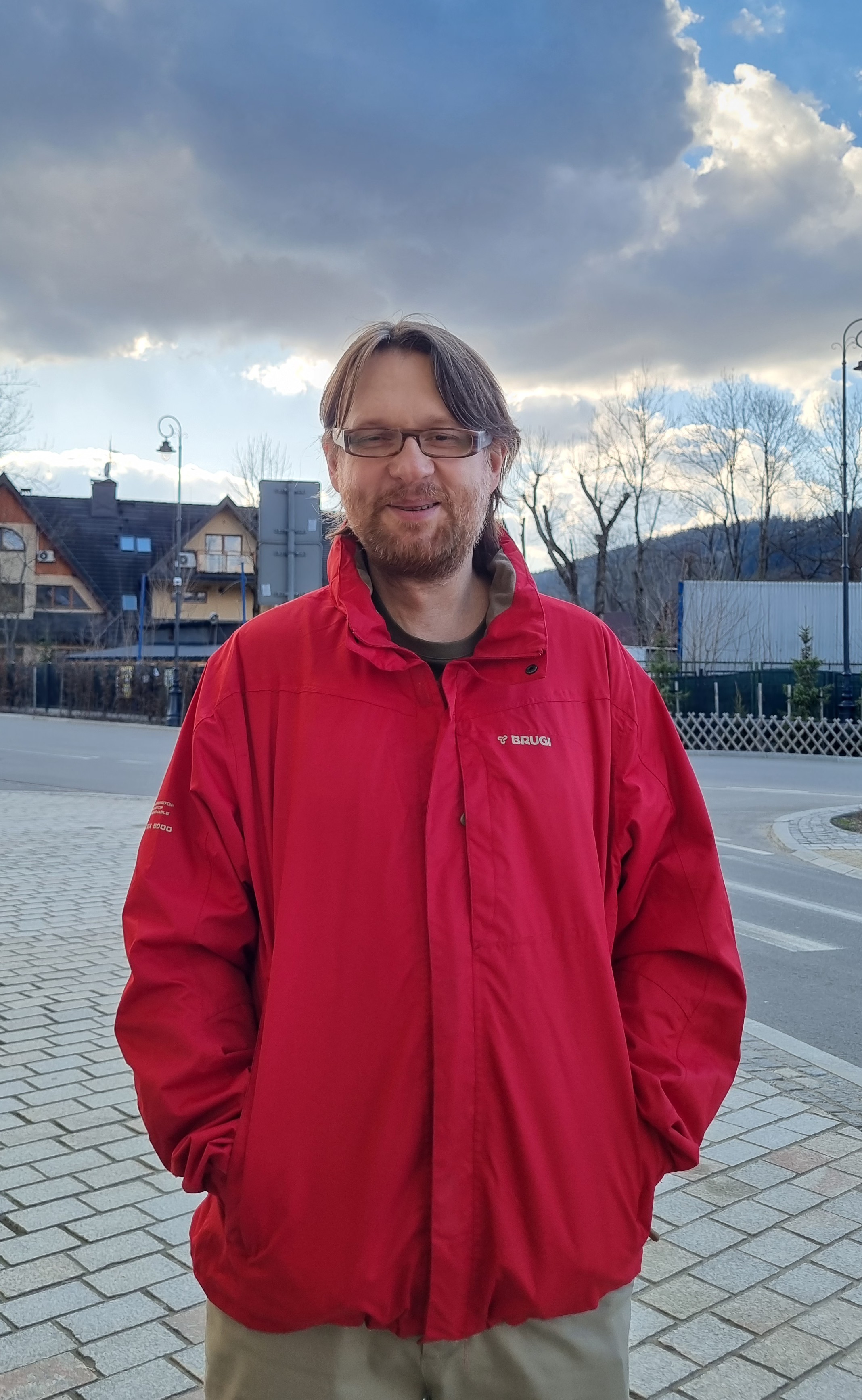
Former Members
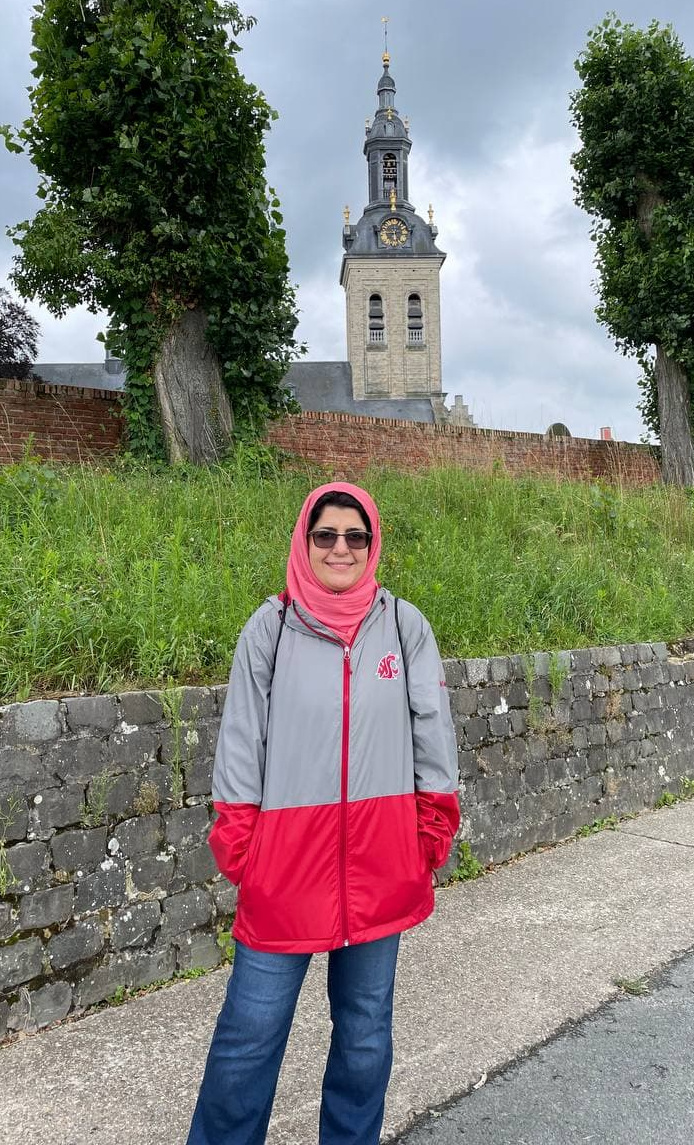
Fatemeh Hossein-Nouri
Fatemeh was born and grew up in Tehran. She found her passion in life, astronomy, when she was ten...
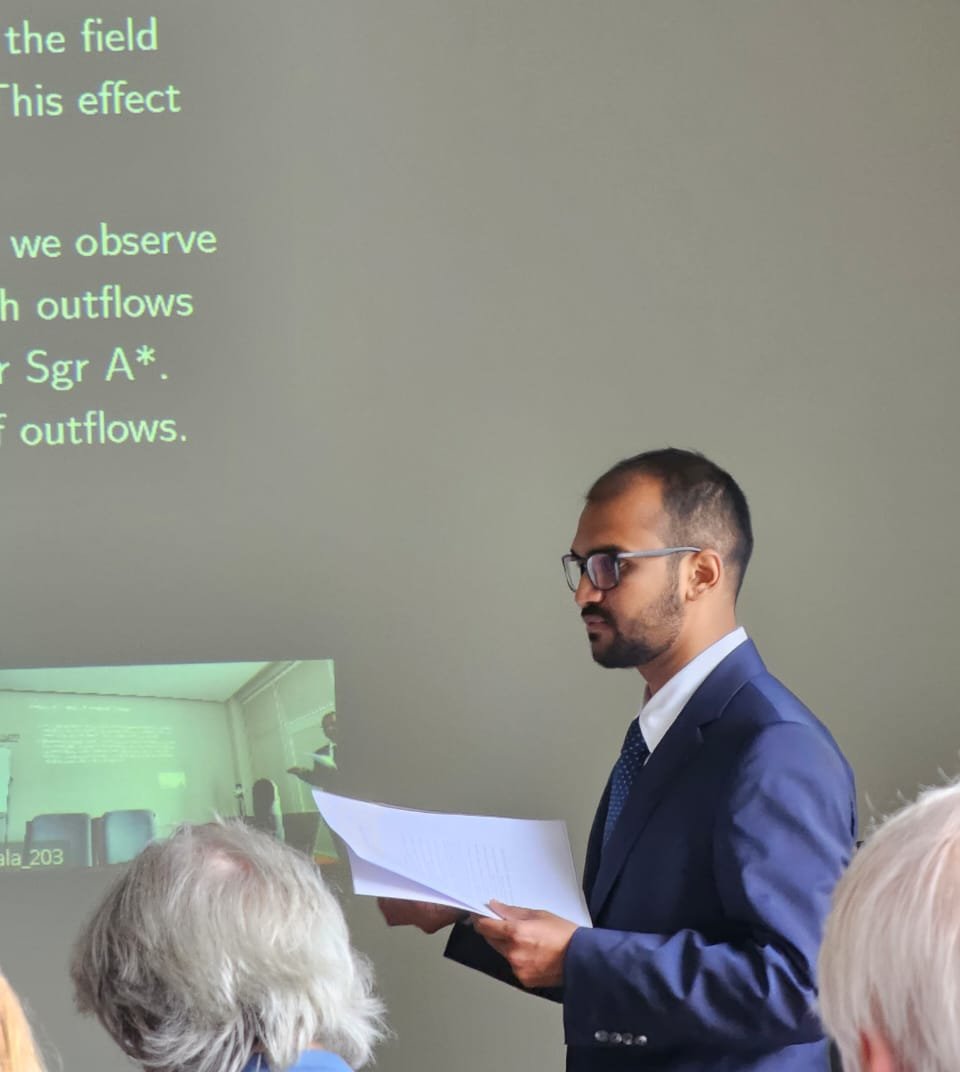
Bestin James
Bestin James graduated (MSc) in physics from the Department of Physics of Central University of Kerala in 2015...
Przemysław Figura
He graduated (MSc) in astronomy from the Astronomical Observatory of University of Warsaw...

Mikołaj Grzędzieslki
Former PhD student (2013-2018), currently Data scientist at Bank Pekao S.A.

Ishika Palit
Former PhD student (2017-2021), currently a Postdoc at National Tsing Hua University.

Petra Sukova
Former Postdoc (2013-2016), currently a staff scientist at ASU CAS in Prague.
Others
- Bartłomiej Kamiński
- Jeremy Mortier
- Szymon Charzyński
- Kostas Sapountzis - Post doc
- Dominika Król
